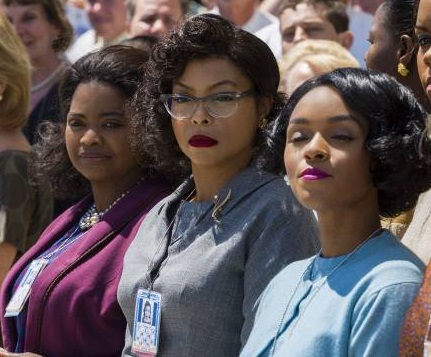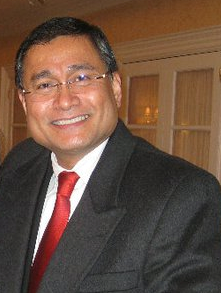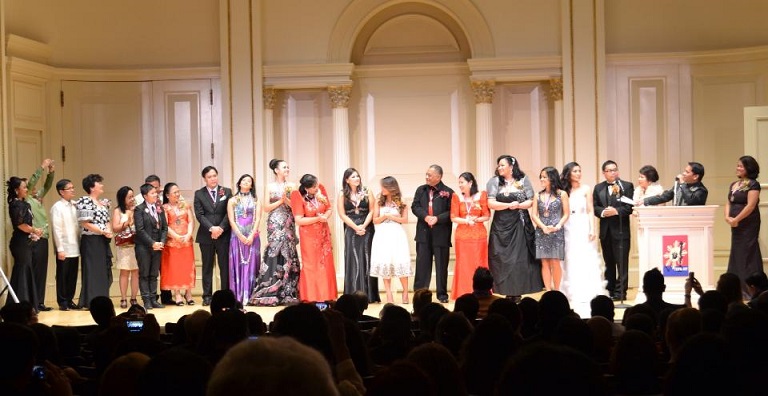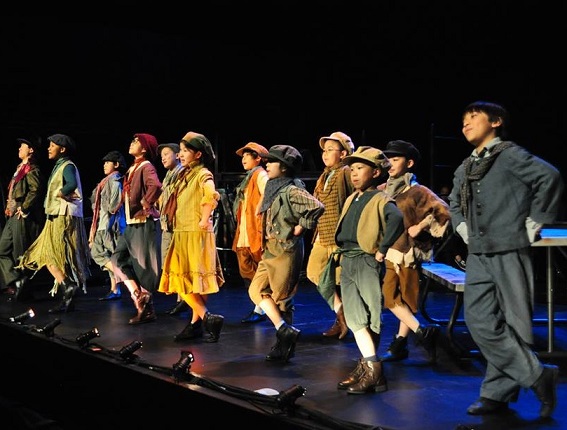Excellent history-as-entertainment drama in ‘Hidden Figures’

Splendid performances from Taraji Henson, Octavia Spencer and Janelle Monáe portraying NASA space visionaries (below) Dorothy Vaughan, Katherine Johnson and Mary Jackson. Press photo
By Wendell Gaa
This year’s Oscar season has reflected a commemoration of Black History Month with the Best Picture nominee “Hidden Figures,” the story of three African-American female mathematicians who played a crucial role in the development of the National Aeronautics Space Administration (NASA).
Like many moviegoers, I was amazed at how “Hidden Figures” was based on the true but often overlooked story of Katherine Goble-Johnson (Taraji P. Henson), Dorothy Vaughan (Oscar winner Octavia Spencer), and Mary Jackson (Janelle Monáe), and how they all overcame racial discrimination to achieve their dreams of becoming professional mathematicians and engineers for NASA, which spearheaded America’s space exploration and research program to better understand the universe.
The three women are employed as computer assistants in 1961 at the racially segregated West Area Computers division of the Langley Research Center in Hampton, Virginia. After after the Russians successfully launch a satellite into orbit, pressure is placed on the administration of President John F. Kennedy to send American astronauts into outer space. Katherine is soon tasked to assist the Space Task Group charged with spearheading the astronaut launch program, where she becomes the first African-American to join the team. Unfortunately, because of the “unenlightened” attitude of most of her white colleagues, she is forced to deal with challenges not limited to proving her mathematical skills alone.
The film spends much screen time focusing on Katherine’s trials, but a good amount of time is also allotted to both Dorothy and Mary, who respectively strive to earn a position as an engineering supervisor and to successfully enroll at school to earn an engineering degree. Ultimately, they are all able to personally meet and work with famed U.S. astronaut John Glenn, the first American to successfully orbit the Earth (I had personally seen him signing his autobiography to guests at the Barnes and Noble bookstore just on Fifth Ave. in Manhattan right across the Philippine Consulate in the late 1990s, and to this day, I regret not ever buying his signed book from him at the time).
“Hidden Figures” does a tremendous job in evoking the mood of the early 1960s Kennedy era in America, which aside from the Cold War, was dominated by two other notable events of that period, the Space Race and the Civil Rights Movement. This movie does a rather fine job in interconnecting the two historic political-social movements together, and it is very frustrating to see the hardships which the black mathematicians endure because of the Jim Crow racial segregation laws of the age, affecting mundane everyday matters at work such as having to use “colored” restrooms at faraway office locations.
“Hidden Figures” is an excellent “history infotainment” film for everyone, and it was personally refreshing for me to watch a movie set during the Kennedy-era timeline which wasn’t associated with either the Cuban Missile Crisis or his assassination, two aspects of his Camelot administration that have been consistently depicted by Hollywood throughout the past years.
Taraji Henson, Octavia Spencer and Janelle Monáe all perform their character roles splendidly and with conviction, as does Kevin Costner who portrays Al Harrison, the enlightened and progressive-minded director of the NASA Space Task Group; and rising Hollywood movie star Mahershala Ali (Oscar-nominated “Moonlight,” “Luke Cage”), who plays National Guard officer Jim Johnson and Katherine’s would-be lover and husband.











